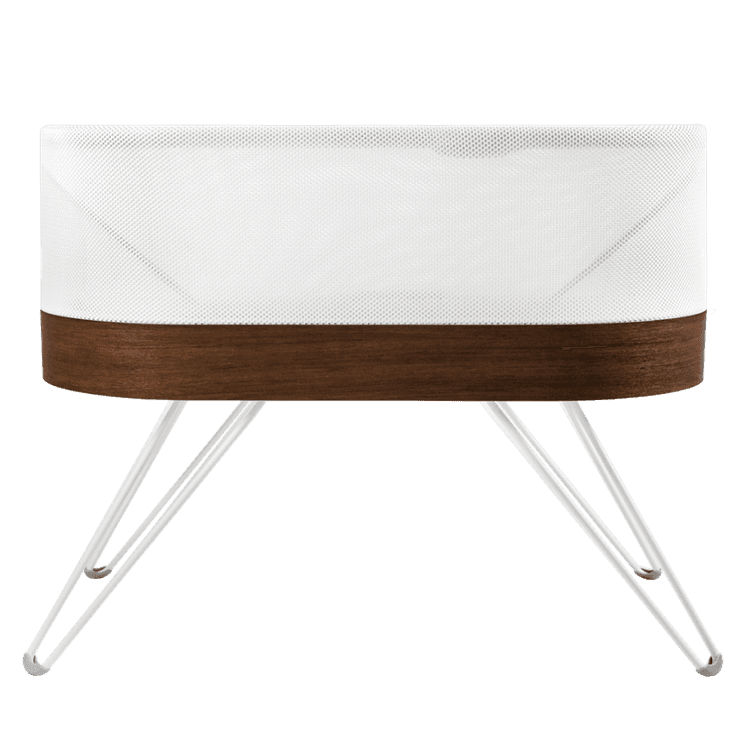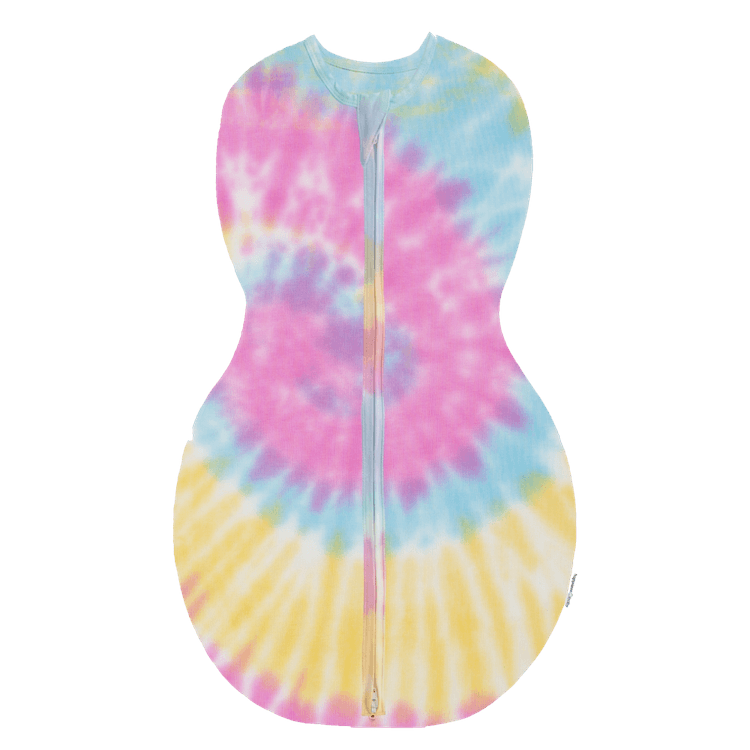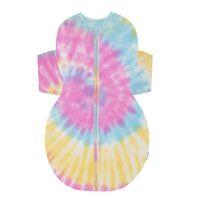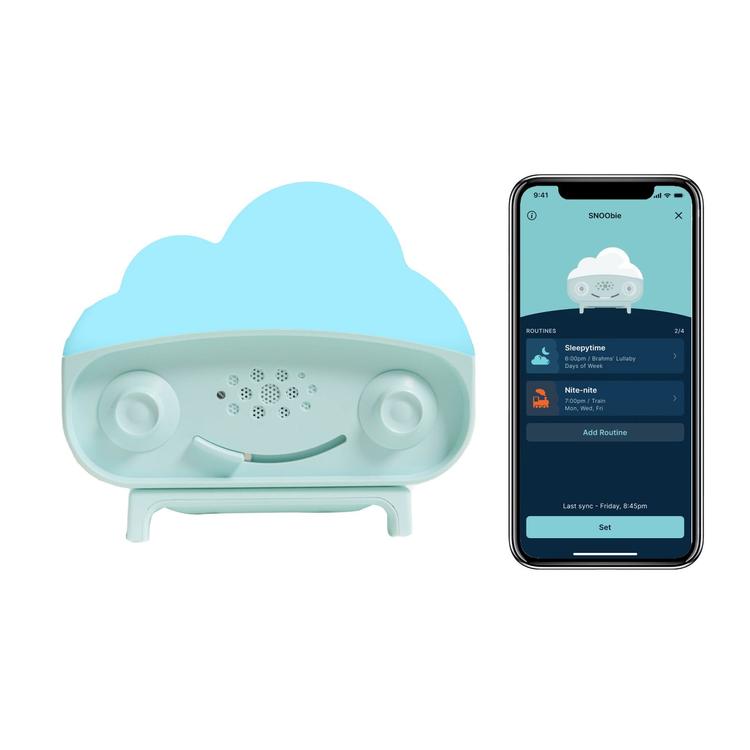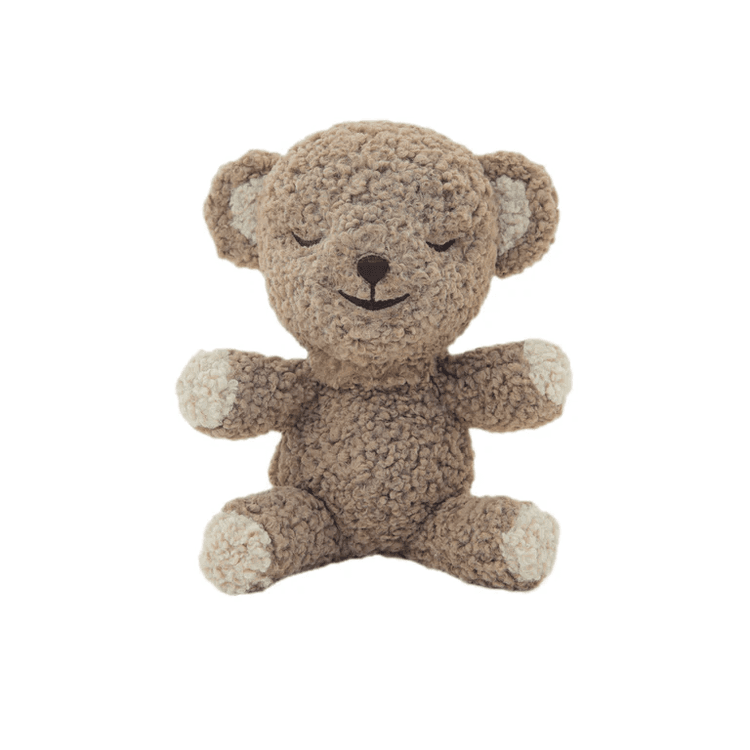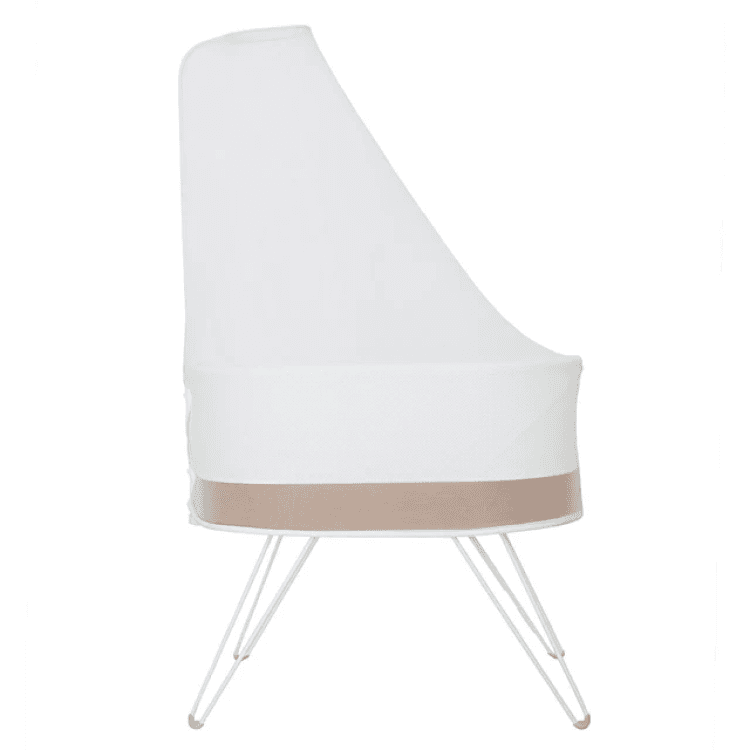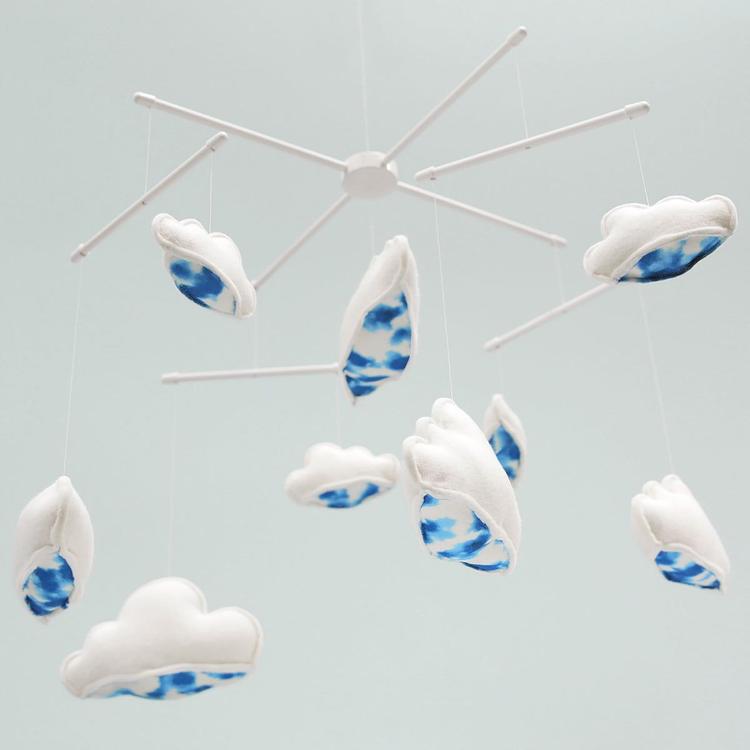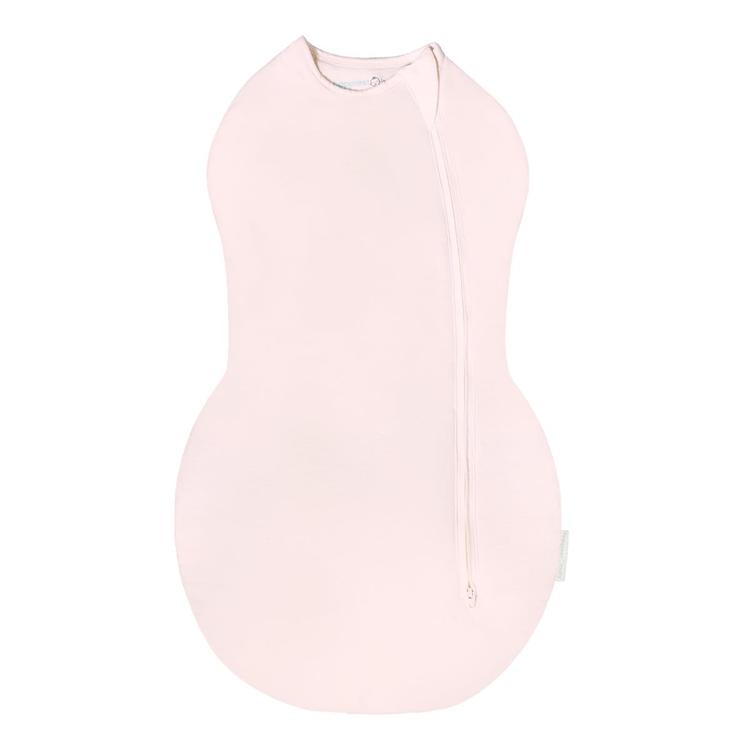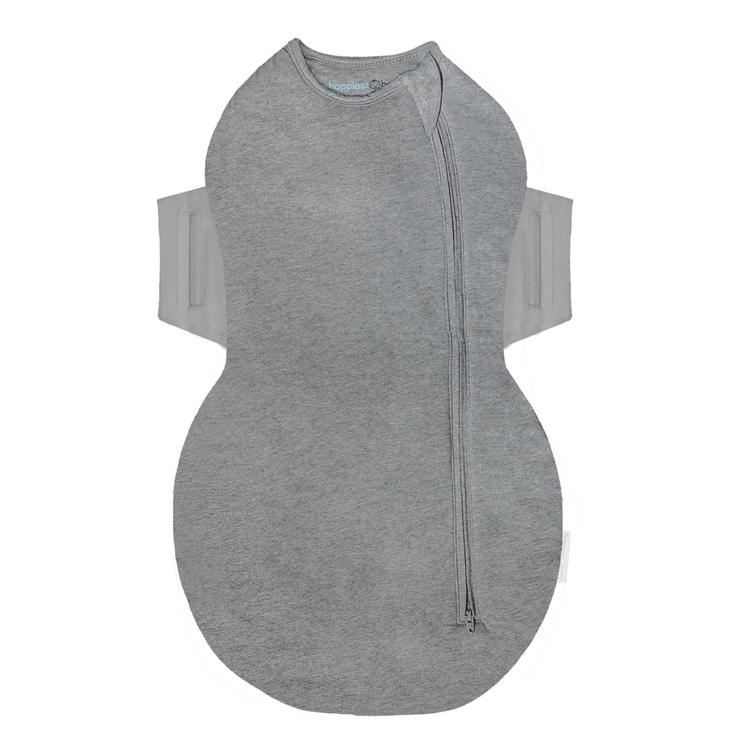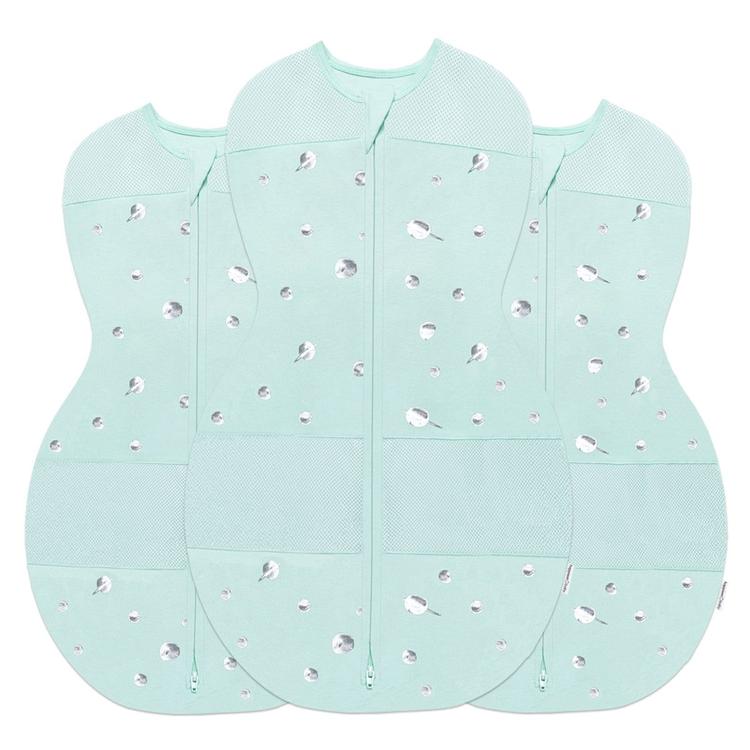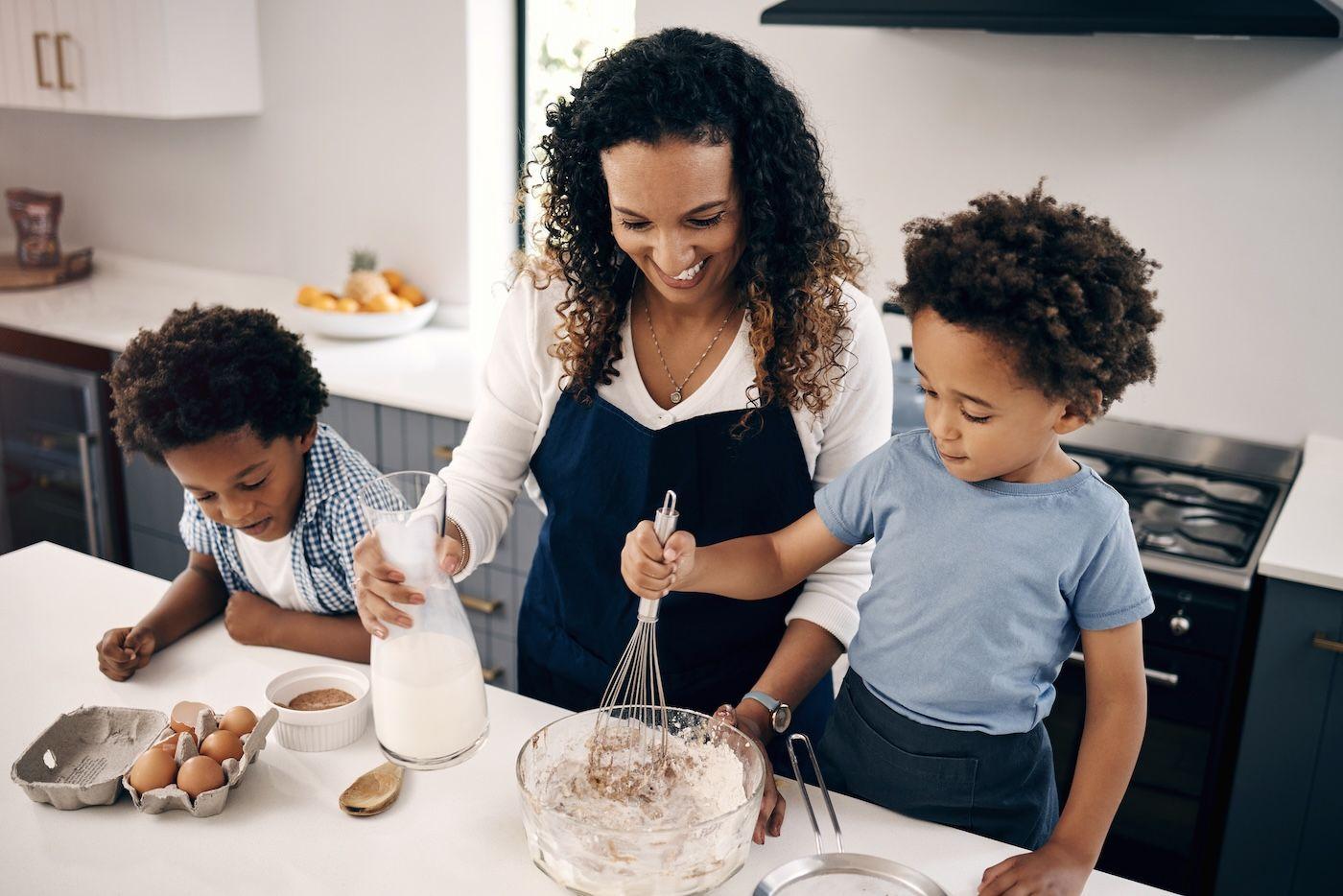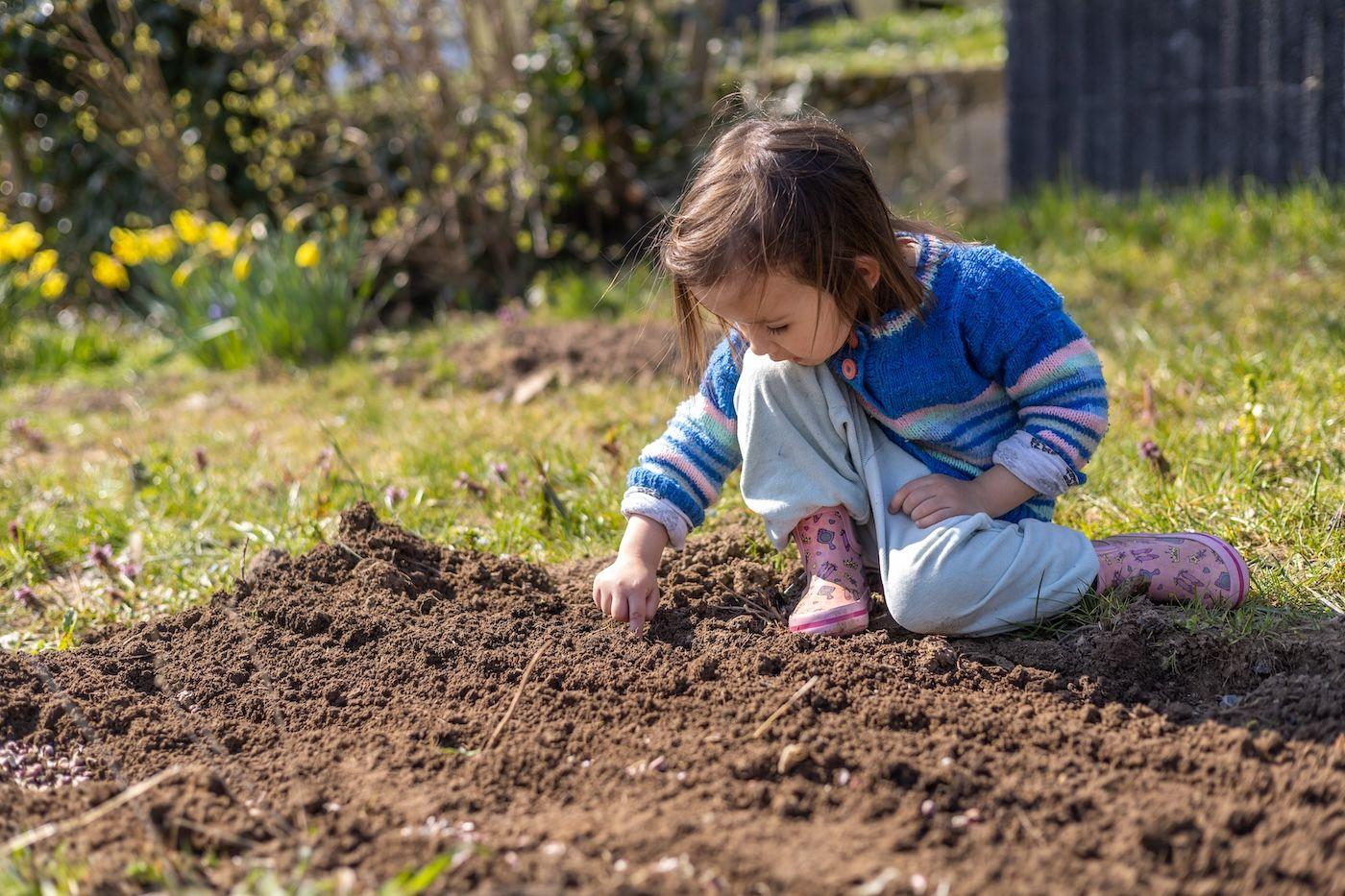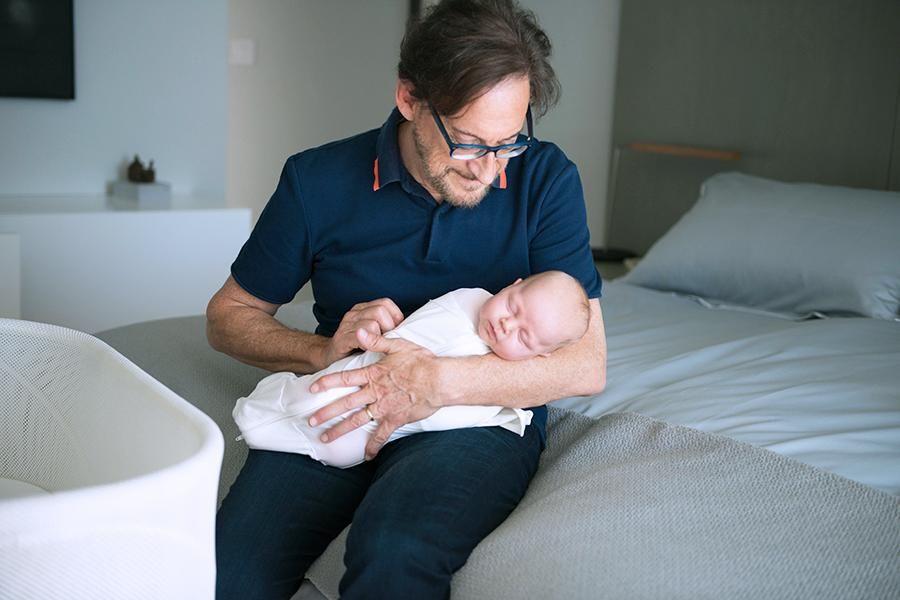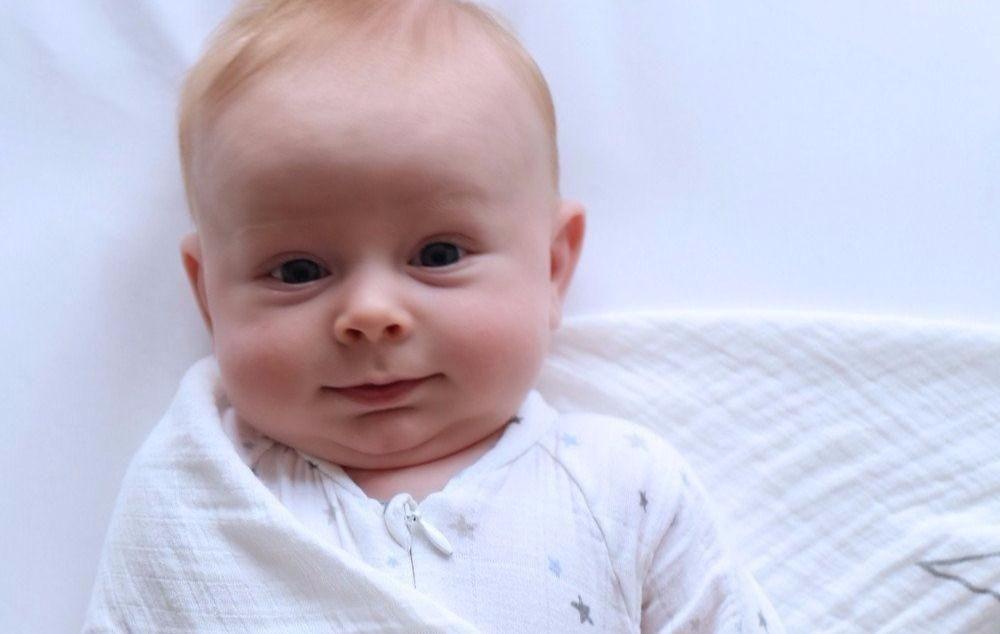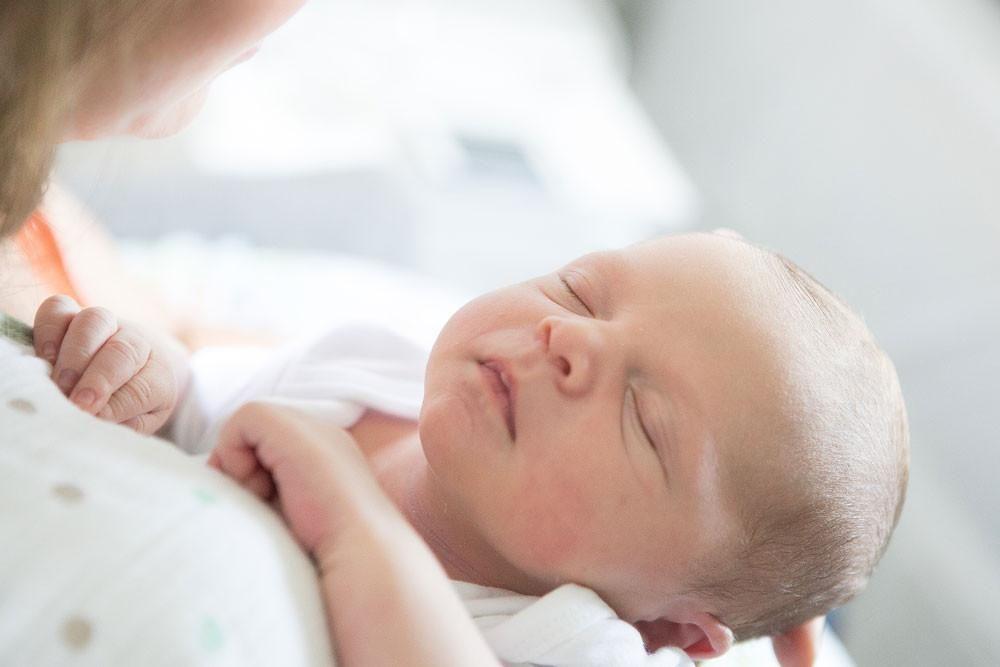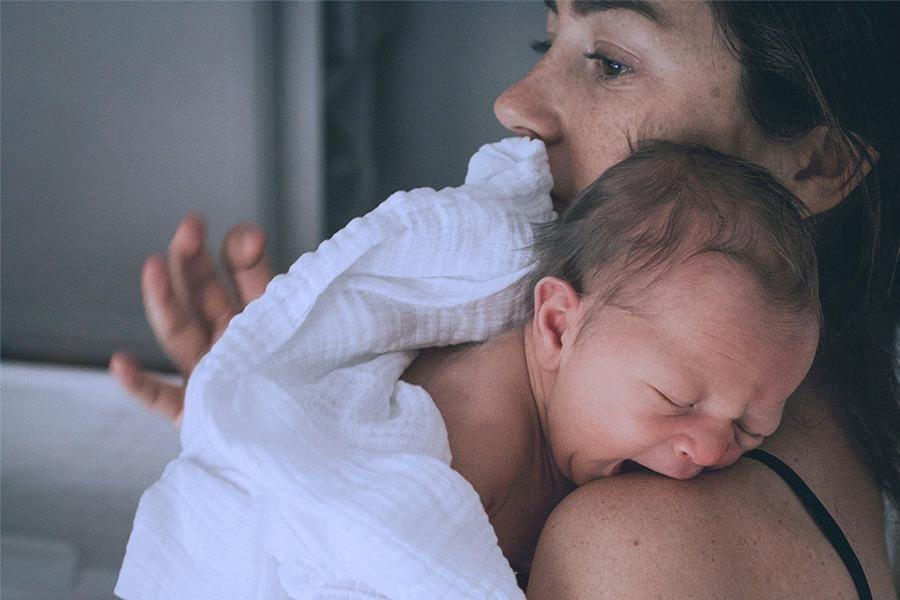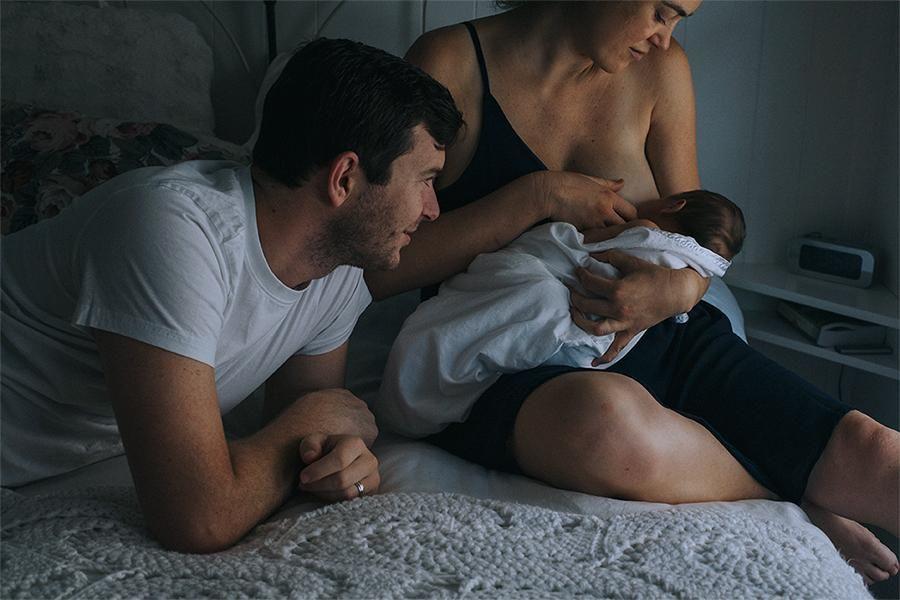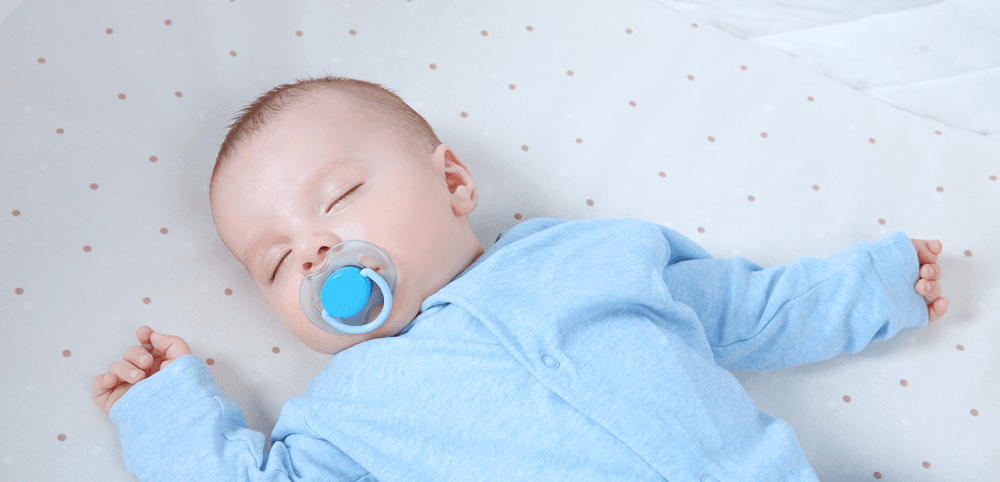Toddlers are like little cave people—and as they explore and learn how the civilised world works, they can push their parents’ buttons. But their natural defiance can sometimes veer into dangerous territory, which you need to stop fast. One dangerous behaviour you may have to deal with is when your child darts away from you in a crowded mall or parking lot. Obviously, running away in public is totally unacceptable and must be stopped immediately.
When it comes to tantrums or annoying behaviours (think: dawdling and car seat struggles), your first move should always be to first acknowledge your child’s feelings, letting them share first. But in dangerous situations, there is just no time to respectfully acknowledge your child’s feelings. When there is a danger or your child is breaking an important family rule . . . you get to go first!
First, issue a clap-growl warning.
Give a loud clap and growl then demand, 'No! Stop! Now!' You may have to raise your voice, or you may be able to get his attention with a stern voice and frown. (If your child does not stop immediately and you have to run after him, keep a serious face so he does not confuse this with a game of chase.)
Then, connect with respect.
Once your child is safe, then it is their turn to have their feelings validated: 'You wanted the ball. You said, "Kick ball!" You ran, ran, ran . . . but nooo! No street, no! Cars! Cars hurt kids! Ouch!'
If it happens again, it is time for a consequence.
If your child tries to run away again, you will need to hand out a 'take-charge' consequence. One take charge consequence is giving a fine. This could be losing extra time at the park. Or it might mean they do not get to pick out a special snack at the grocers. (read more about giving fines here).
Another take-charge consequence you could try is a time-out…but these can be tricky to issue on-the-go. If you need to give a time-out while you are not at home, the car could be a handy time-out spot. Here is what to do: As always, start out by connecting with respect and offering a win-win compromise or distraction. If these fail, try a clap-growl, or proceed directly to counting to three, and if that doesn’t stop the behaviour go immediately to the car for the time-out.
Deposit your child in the childproofed car (windows open a tiny bit, doors locked). Then, stand right outside the car with your back turned to him. (NEVER walk away even for a second!)
After time-out is up, take your child out and use Toddler-ese to show you know how upset they were. Once they have calmed down, do not immediately return to your errands. First, give a small time-in to grease the wheels of cooperation. Then quickly finish your shopping or just go home.
Warning: Do not strap your child in the car seat during the time-out. You do not want him to associate this safety device with punishment. Also, NEVER give your child a time-out in a hot car.
Disclaimer: The information on our site is NOT medical advice for any specific person or condition. It is only meant as general information. If you have any medical questions and concerns about your child or yourself, please contact your health provider. Breastmilk is the best source of nutrition for babies. It is important that, in preparation for and during breastfeeding, mothers eat a healthy, balanced diet. Combined breast- and bottle-feeding in the first weeks of life may reduce the supply of a mother's breastmilk and reversing the decision not to breastfeed is difficult. If you do decide to use infant formula, you should follow instructions carefully.


